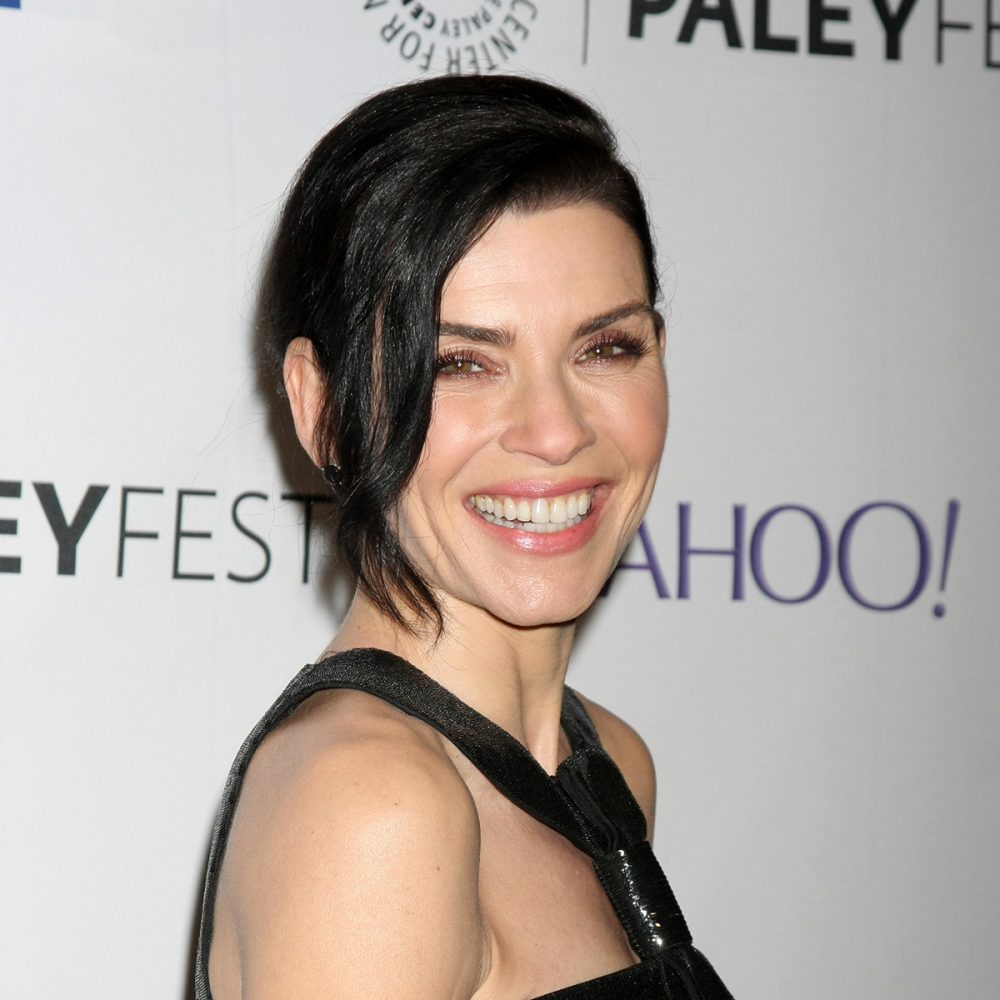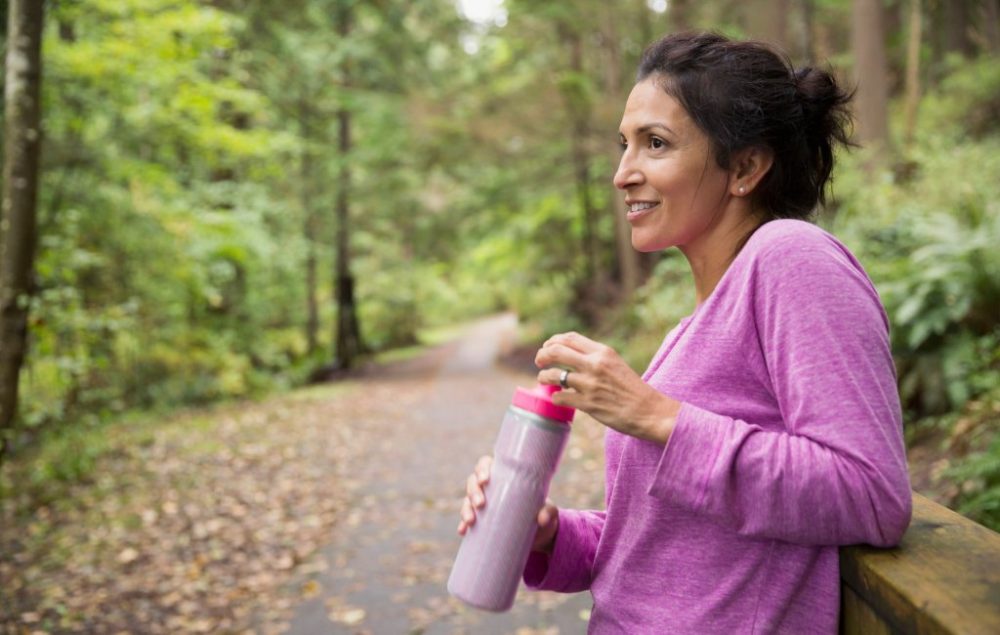
Youthfulness
Cross-cultural data shows that the reproductive success of women is tied to their youth and physical attractiveness such as the pre-industrial Sami where the most reproductively successful women were 15 years younger than their man. One study covering 37 cultures showed that, on average, a woman was 2.5 years younger than her male partner, with the age difference in Nigeria and Zambia being at the far extreme of 6.5 to 7.5 years. As men age, they tend to seek a mate who is ever younger.
25% of eHarmony’s male customers over the age of 50 request to only be matched with women younger than 40. A 2010 OkCupid study of 200,000 users found that female desirability to its male users peaks at age 21, and falls below the average for all women at 31. After age 26 men have a larger potential dating pool than women on the site; by 48 their pool is almost twice as large. The median 31 years-old male user searches for women aged 22 to 35, while the median 42 years-old male searches for women 27 to 45. The age skew is even greater with messages to other users; the median 30 years-old male messages teenage girls as often as women his own age, while mostly ignoring women a few years older than him. Excluding the most and least beautiful 10% of women, however, women’s attractiveness does not change between 18 and 40.
Pheromones (detected by female hormone markers) reflects female fertility and the reproductive value mean. As females age, the estrogen-to-androgen production ratio changes and results in female faces to appear more and more masculine (thus appearing less “attractive”). In a small (n=148) study performed in the United States using male college students at one university, the mean age expressed as ideal for a wife was found to be 16.87 years old, while 17.76 was the mean ideal age for a brief sexual encounter; however, the study sets up a framework where “taboos against sex with young girls” are purposely diminished, and biased their sample by removing any participant over the age of 30, with a mean participant age of 19.83. In a study of penile tumescence, men were found most aroused by pictures of young adult females
Breasts

Research has shown that most men enjoy the sight of female breasts. Some studies indicate that men prefer large, firm breasts, while a contradictory study of British undergraduates found men preferring small breasts on women. Smaller breasts were widely associated with youthfulness. Cross-culturally, another study found “high variability” regarding the ideal breast size. Some researchers in the United Kingdom have speculated that a preference for larger breasts may have developed in Western societies because women with larger breasts tend to have higher levels of the hormones estradiol and progesterone, which both promote fertility. A study showed that men prefer symmetrical breasts. Breast symmetry may be particularly sensitive to developmental disturbances and the symmetry differences for breasts are large compared to other body parts. Women who have more symmetrical breasts tend to have more children.
Buttocks
Biological anthropologist, Helen B. Fisher of the Center for Human Evolution Studies in the Department of Anthropology of Rutgers University, said that, “perhaps, the fleshy, rounded buttocks… attracted males during rear-entry intercourse.” Bobbi S. Low et al. of the School of Natural Resources and Environment at the University of Michigan, said the female “buttocks evolved in the context of females competing for the attention and parental commitment of powerful resource-controlling males” as an “honest display of fat reserves” that could not be confused with another type of tissue, although T. M. Caro, professor in the Center for Population Biology and the Department of Wildlife, Fish, and Conservation Biology, at University of California, Davis, rejected that as being a necessary conclusion, stating that female fatty deposits on the hips improve “individual fitness of the female”, regardless of sexual selection.
Body mass
Body Mass Index (BMI) is an important determinant to the perception of beauty. Even though the Western ideal is for a thin woman, some cultures prefer plumper women,which has been argued to support that attraction for a particular BMI merely is a cultural artifact. The attraction for a proportionate body also influences an appeal for erect posture. One cross-cultural survey comparing body-mass preferences among 300 of the most thoroughly studied cultures in the world showed that 81% of cultures preferred a female body size that in English would be described as “plump”.
Availability of food influences which female body size is attractive which may have evolutionary reasons. Societies with food scarcities prefer larger female body size than societies having plenty of food. In Western society males who are hungry prefer a larger female body size than they do when not hungry.
In the United States, women overestimate men’s preferences for thinness in a mate. In one study, American women were asked to choose what their ideal build was and what they thought the build most attractive to men was. Women chose slimmer than average figures for both choices. When American men were independently asked to choose the female build most attractive to them, the men chose figures of average build. This indicates that women may be misled as to how thin men prefer women to be. Some speculate that thinness as a beauty standard is one way in which women judge each other and that thinness is viewed as prestigious for within-gender evaluations of other women. A reporter surmised that thinness is prized among women as a “sign of independence, strength and achievement.” Some implicated the fashion industry for the promulgation of the notion of thinness as attractive.
Waisthip ratio
Ethnic groups vary with regard to their ideal waist-to-hip ratio for women, ranging from 0.6 in China, to 0.8 or 0.9 in parts of South America and Africa and divergent preferences based on ethnicity, rather than nationality, have also been noted. A cross-cultural analysis that found isolated peoples preferring high WHR (0.9) over a low WHR (0.7) suggested that many such “cross-cultural” tests “may have only reflected the pervasiveness of Western media”; however many evolutionary psychologists believe preference for low WHR is a signal for fertility and biologically based.
Height

Most men tend to be taller than their female partner. It has been found that, in Western societies, most men prefer shorter women, although a difference in height between a man and a woman was not as important of a factor for men when choosing a woman, as it is for a woman choosing a man. Men tend to view taller women as less attractive, and people view heterosexual couples where the woman is taller to be less ideal. Women who are 0.7 to 1.7 standard deviations below the mean female height have been reported to be the most reproductively successful, since fewer tall women get married compared to shorter women. However, in other ethnic groups, such as the Hadza, study has found that height is irrelevant in choosing a mate.
Disclaimer
The Content is not intended to be a substitute for professional medical advice, diagnosis, or treatment. Always seek the advice of your physician or other qualified health provider with any questions you may have regarding a medical condition.